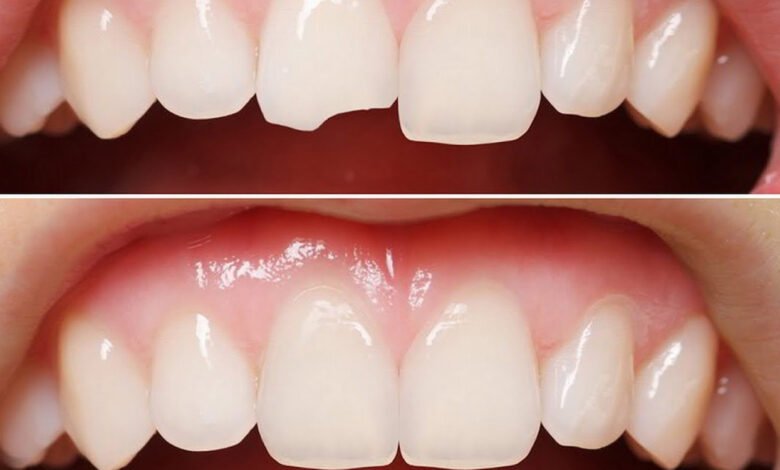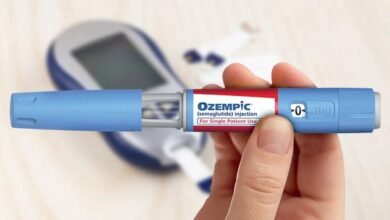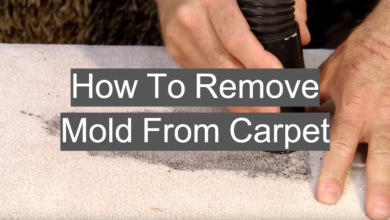
In this detailed guide, we’ll delve into a variety of natural techniques and remedies for effectively managing a cracked tooth while also promoting overall oral health and wellness for long-term well-being.

Natural Remedies
Natural remedies are treatments using natural ingredients or techniques. They are usually used to relieve infections or promote wellbeing without depending on synthetic chemicals or pharmaceutical drugs, prioritizing holistic health and wellness.

Saltwater Rinse
A saltwater rinse is one of the multiple accessible and effective natural cures for damaged teeth. Saltwater has natural disinfectants that can help reduce hives and contain disease. To make a saltwater rinse, disband one teaspoon of salt in a glass of great water and swish around in your mouth for about 30 seconds. Repeat several times every day, especially after feasts or before going to bed, to keep the simulated region clean and aid healing.
Clove Oil
Clove oil is well-known for its analgesic and antibacterial features, making it a famous untouched medicine for toothaches and further dental concerns. It contains eugenol, a chemical that can help reduce pain and hives. To treat a broken tooth, weaken a few drops of clove oil in a carrier fat such as olive or coconut oil and dedicate it to the damaged tooth and gums using a cotton swab. You can also add a depth of clove oil to your usual toothpaste to provide further relief.
Turmeric Paste
Turmeric is a potent anti-inflammatory and germicide flavoring that has long been used in established medicine. Creating a mixture with turmeric can help decrease the discomfort and rash associated with a cracked tooth. Combine turmeric powder with an undersized quantity of water to make a paste, then apply it straight to the damaged tooth and surrounding gums. Leave it on for irregular minutes before rinsing your mouth thoroughly. Repeat this procedure a few times a day for replacement.
Green Tea
Green tea is not only a comforting liquid but also contains combinations called catechins that have anti-inflammatory and antibacterial effects. Drinking green tea can help prevent hives and upgrade oral health. You can also utilize green tea as a mouthwash by organizing a healthy cup of tea, allowing it to cool, and then waggling it in your mug for a minute or two before spitting it out.
Avoiding Hard Foods
While natural medications can help alleviate signs and promote healing, it’s also essential to avoid troubling the cracked tooth further. Avoid gnawing on hard foods like ice, nuts, and hard confections, as these can increase the chance of further damage. Stick to softer foods that live easier on your teeth, and attempt to chew on the opposite side of your countenance to reduce stress on the impacted tooth.
Ice Pack
An ice pack wrapped in cloth helps relieve pain and swelling from a cracked tooth. Utilizing it on the cheek around the affected area for 15-20 minutes, with periodic breaks, can deliver comfort. However, it’s essential to recognize that this is only a temporary step. It is necessary to receive professional dental care to address the root cause and avoid subsequent problems.
Over Counter Medicine (OTC)
OTC drugs are tablets and therapies that do not require a prescription from a doctor or pharmacy. These effects are known in pharmacy stores, supermarkets, and online. OTC drugs include pain relievers such as aspirin and a painkiller, allergy antihistamines, cough and cold treatments, and soft skin lotions. They give rapid relief for common health concerns. Still, it is critical to follow the directions and seek medical attention, if necessary, carefully.
Dental Wax
Dental wax is an adjustable feature used in dentistry to relieve pain generated by mouth wounds or dental instruments. It is typically made from a variety of waxes and is commonly used in oral care to alleviate pain caused by dental instruments or accidents. Available in small and compact packaging. Dentists typically use dental wax to protect the cutting edges of braces or orthodontic wires, controlling them from scratching against the interior of the mouth and causing irritation. It can also serve to smooth rough edges on broken or chipped teeth while protecting the surrounding tissues.
Can you fix a cracked tooth at home?
It is not recommended to try to restore a cracked tooth at home. Although home therapies might help relieve symptoms, professional dental care usually requires it. Cracked teeth vary in severity, and attempting to treat them at home might exacerbate the damage or lead to complications.

Here are a few reasons why cracked tooth repair at home is not advisable:
Insufficient Assessment
With the essential tools and expertise, it’s more comfortable to accurately estimate the size of the crack and any underlying problems. What may seem like a little crack on the cover could actually grow deeper into the tooth or affect the root.
Risk of Infection
Cracks in teeth can allow bacteria to enter and cause disease. Home remedies may not actually disinfect the area or prevent disease, leading to further difficulties.
Potential Damage
Trying to improve a cracked tooth at home, mostly without formal advice, can result in unintended harm to the tooth or surrounding tissues. It could worsen the crack or cause extra trouble.
Dental Treatments Used For Cracked Tooth Repair
Dental medicines used to recover cracked teeth vary based on the harshness and part of the crack. Here are some standard procedures:

Dental Bonding
Dentists may use dental bonding for small cracks. It entails placing a tooth-colored wax on the fractured area, setting it to fit the tooth’s natural curves, and fixing it under a clear light. Bonding enables the restoration of the tooth’s formation and function.
Dental Crown
A dental crown, also known as a hat, may be suggested for more expansive cracks or those that have cut the tooth structure. The crown fills all the visual parts of the tooth above the gum line, adding power, security, and aesthetic charm.
Root Canal Therapy
If the crack spreads to the tooth’s internal chamber, which includes veins and nerves, seed canal therapy may be necessary. This method entails removing the damaged or infected pulp, cleaning and closing the root canal, and returning the tooth with an artificial filling or repair.
Tooth Extraction
In severe conditions where the crack extends under the gumline or risks the tooth’s virtue, extraction may be the only choice. Following extraction, the tooth might be returned with a dental implant, bridge, or disposable prosthesis to restore process and formation.
Dental Veneers
For cracks that mainly involve the tooth’s surface or glaze, dental shells may be a suitable option. Dentists stick thin outer surfaces made of porcelain or mixed resin to the front surface of the tooth to improve its formation and stop further damage.
Conclusion
Having a broken tooth can be painful, but natural treatments can help relieve it. Try salt water rinses, clove oil, and turmeric paste to cracked tooth repair. These remedies can ease pain and promote healing. They also protect your oral health. By incorporating these natural treatments into your oral care routine, you can effectively address cracked tooth symptoms. They aid the healing process.
It’s essential to remember that these remedies don’t organize professional dental care, specifically for intense tooth damage. When you’re experiencing severe pain, be sure to consult with a dentist for the proper diagnosis and treatment.







